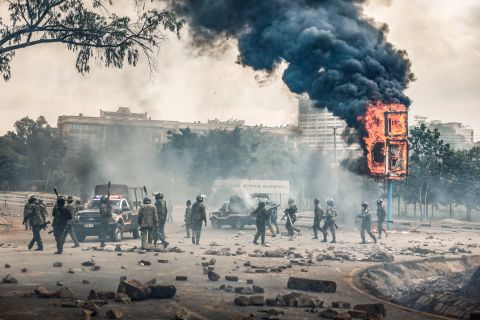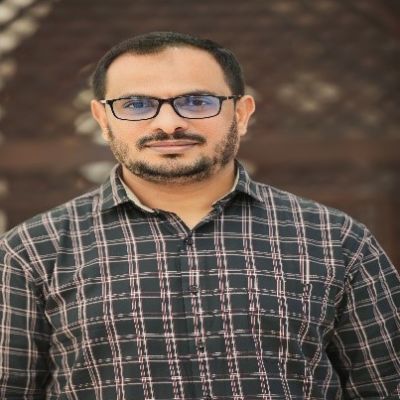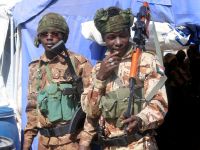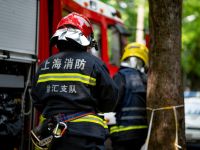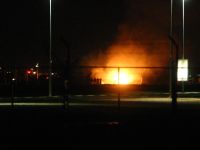ALBAWABA- Kenya’s veteran opposition leader Raila Odinga has called for a national dialogue to address the country’s deepening political, economic, and social crises, following deadly protests that marked this year’s Saba Saba anniversary.
According to a Kenyan human rights group, at least ten people were killed during the nationwide demonstrations, which were driven largely by youth demanding government accountability and justice.
Odinga, who played a central role in Kenya’s democratic transition during the original Saba Saba protests of July 7, 1990, said the same issues that mobilized citizens 35 years ago, economic inequality, police brutality, and poor governance, remain painfully unresolved.
Speaking at a press briefing, he warned that the country was once again “at a crossroads.”
He was expected to address a rally at Nairobi’s Kamukunji Grounds to commemorate the anniversary but was forced to cancel his appearance after police roadblocks and a heavy security presence effectively blocked access to the venue.
“I was going to Kamukunji to join Kenyans in commemorating this important day. Unfortunately, the roadblocks all over town made it difficult for people to get there,” Odinga said.
In response to the growing public unrest, Odinga proposed the establishment of a national conclave, an inclusive civic forum representing diverse political voices, age groups, and regions, to chart a new direction for the country.
“The most important struggle now is for good governance and economic opportunity,” he said. “Do we embrace chaos, or do we choose unity? As one of the architects of Saba Saba, I choose unity.”
He outlined four main pillars for the proposed dialogue: launching a national reform agenda through an inclusive forum, implementing comprehensive police reforms, intensifying the fight against corruption with a focus on transparency, and prioritizing youth empowerment and economic inclusion to address the frustrations of Kenya’s Gen Z and millennial populations.
Odinga sharply criticized the security forces for their violent response to the youth-led protests. “We inherited a rogue force from the colonialists—one that still shoots people with impunity. We must reform it urgently,” he said, underscoring the urgency for systemic change in the country’s policing institutions.
The original Saba Saba movement was a pivotal moment in Kenya’s history, sparking a nationwide push for multiparty democracy after years of one-party rule under former president Daniel arap Moi. Although met with brutal repression, the movement ultimately led to the repeal of Section 2A of the Constitution and ushered in a new democratic era.
This year’s anniversary unfolded against the backdrop of mounting public discontent over the high cost of living, government crackdowns, and perceived indifference from President William Ruto’s administration.
While Odinga has historically been the face of Kenya’s opposition, his recent political rapprochement with Ruto has distanced him from parts of his traditional support base, particularly among younger Kenyans who have taken to the streets demanding reform.
Despite this, Odinga emphasized that the way forward must be through civic engagement and a renewed national commitment to reform. “The conclave must be guided by the most sober and serious minds in our nation,” he said. “It should lead to a referendum, where the people will have the final say on Kenya’s future.”




